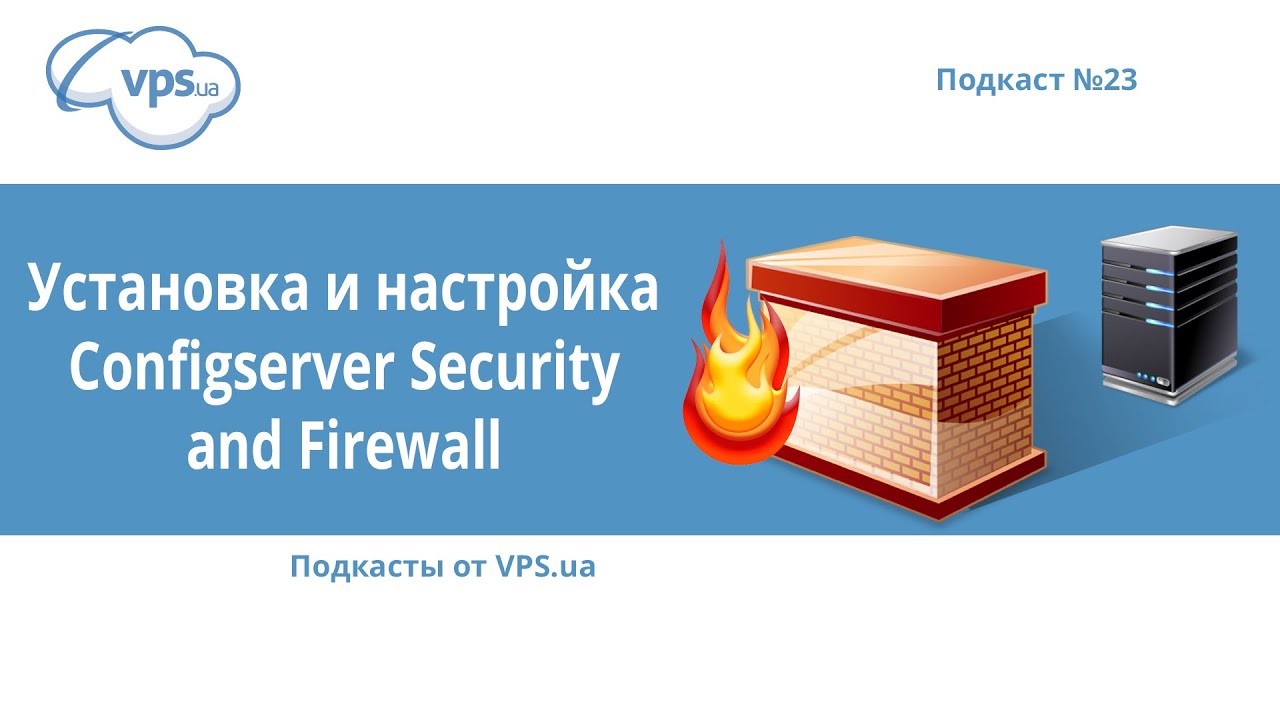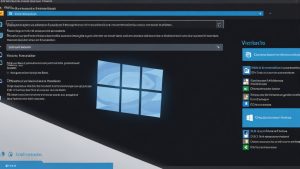A firewall is a crucial security component for your Virtual Private Server (VPS). This powerful tool allows you to control incoming and outgoing traffic, protecting your server from malicious attacks and unauthorized access. In this article, we’ll explore how to set up a firewall for your VPS.
1. Choosing the Right Firewall Software
The first step in setting up a firewall for your VPS is choosing the right software. There are many different software solutions available to protect your server, including iptables, firewalld, ufw, and others. Each has its own advantages and disadvantages, so it’s important to choose the one that best suits your specific needs.
2. Configuring Firewall Rules
After choosing the software, you need to configure the firewall rules. Rules define which traffic is allowed or blocked on your server. You can create rules for specific ports, IP addresses, protocols, and more. It’s important to configure these rules correctly to ensure maximum protection for your server.
3. Testing and Monitoring the Firewall
After setting up the firewall rules, it’s important to regularly test and monitor its operation. This will help identify any problems or unauthorized access to your server. There are many firewall monitoring tools available that can help you track its performance and respond promptly to potential threats.
4. Automating Firewall Management
Finally, to simplify the firewall management process, you can use automation. There are special tools and scripts that can automatically update and configure firewall rules, detect and block attacks, and notify you of any suspicious activity on the server. This will save you time and effort while ensuring reliable protection for your VPS.
In conclusion, setting up a firewall for your VPS is an important step in ensuring the security of your server. By following the correct steps and recommendations, you can protect your server from malicious attacks and ensure its stable operation. Be vigilant and remember to update and monitor your firewall regularly!





